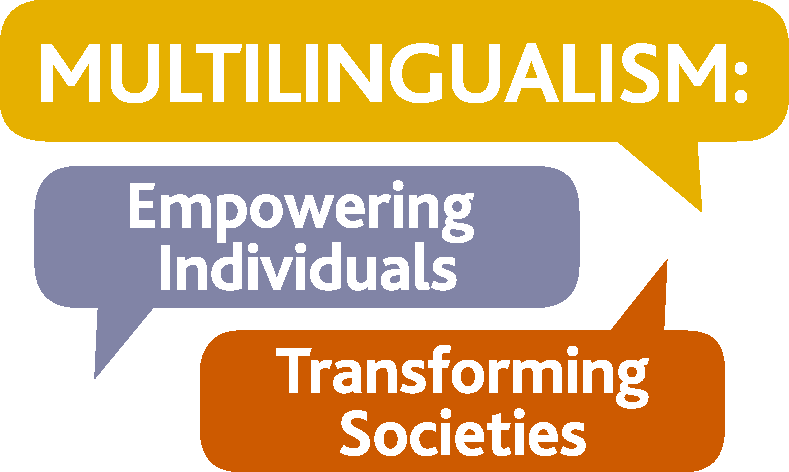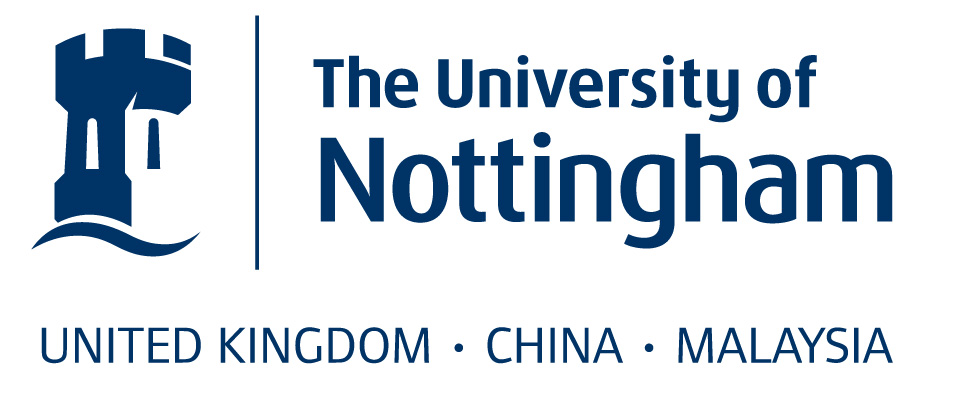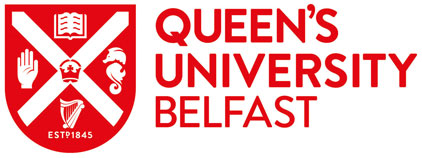Have you ever learnt a modern foreign language? Many of us have attempted it at least once in our lives. Perhaps it was in school, or perhaps you fell in love. However, an encounter with a new language arises, starting to learn always seems easy. But how do you know when you have finished, or reached the target? At what point can you say you have acquired the language? Is it, perhaps, when you know all the rules in the grammar book? Or when you stop speaking with a foreign accent? The questions surrounding how much language is sufficient to have acquired it are ones that have been testing learner, teacher and researcher alike.
What can help us answer these questions? Enter the “native speaker”, or, the speaker for whom the desired language is the mother tongue. We assume that if you sound and talk like a mother-tongue speaker, you must have acquired the language. But does every native speaker speak their language perfectly? And what about the variety between speakers of a language across the globe: Compare the French speaker in France to the one in Canada. Or the one in Paris to the one in Lyon. Which speaker is the best target for the learner?
Consider an immigrant working in Marseille and learning French on the job in a bar: Should his language target be a Parisian teaching French? Or should it be his colleagues in the bar. The project on second language acquisition by adult immigrants struggled with this question (cf. Perdue, 1993), and decided ultimately that the target would have to be closer to the barman in Marseille.
The native speaker is thought to be the container of all knowledge about the language to be acquired, and if we measure ourselves against them, we should end up speaking the perfect version of that language. But recent research has found that native speakers who have frequently been in contact with another language may well show some influence of the other language on their mother tongue (Schmid, 2013). And it doesn’t take long for the mother tongue to become less “perfect”: some parts of language or intuitions about one’s language may change after only 6 weeks of input / learning of another language (Chang 2010). Given the knowledge that a majority of speakers on the planet is multilingual, it may be unlikely to find many who master a language “perfectly”. Perhaps, therefore, the concept of native speaker should be re-evaluated or discarded altogether (cf. Kachru 1982 for a similar suggestion).
What then to do in terms of defining the target for the learner? If we give up on the native speaker, it will certainly relieve the stress of many a learner worried about becoming “near-native”. And we could measure progress against the learner himself. But we would still be left with the question: progress towards what? It seems like we may need the native speaker after all, but we should all be aware of the problems with the concept.
References
Chang C. 2010. Rapid and multifaceted effects of second language learning on first-language speech production. J Phon 2010, 40: 249–268.
Kachru, B. (ed.), 1982. The Other Tongue -- English Across Cultures. Urbana, Ill.: University of Illinois Press
Klein, W., and Perdue, C. 1992. Utterance Structure. Cambridge: Cambridge University Press.
Perdue, C. 1993. Adult immigrant second language acquisition. Cambridge: Cambridge University Press.
Schmid, M. First language attrition. WIREs Cogn Sci 2013, 4:117–123. doi: 10.1002/wcs.1218
Note: comments are moderated before publication. The views expressed in the comments are those of our users and do not necessarily reflect the views of the MEITS Project or its associated partners.







